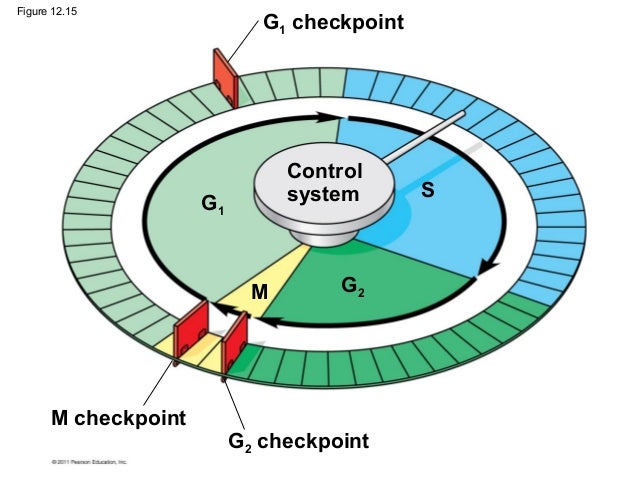Oxidative Phosphorylation
Oxidative Phosphorylation is a process where energy is sustained throughout a series of protein complexes that occurs in the inner-membrane of the mitochondria which ends up making ATP. This process is broken down into two parts, oxidation of NADH and FADH2 and Phosphorylation. In the first step, both NADH and FADH3 both experience the process of losing electrons through oxidation. Both NADH and FADH3 will transfer their high energy molecules into two different protein complexes (Protein Complex I and Protein Complex II). The Oxidation of NADH results to a pumping of protons through Protein Complex I. The electrons that were received by Protein Complex I are then given to an electron-carrier called Ubiquinone (Q). On the other hand, FADH3 goes through a similar process that NADH goes through when these two high energy molecules goes through with oxidation. Afterwards, an electrochemical gradient has been created, meaning both sides are different in electrical charge. The protons on the outside of mitochondrial membrane will then push through the ATP synthease. This movement of protons causes ATP synthase to spin, and bind ADP and Pi, producing ATP.
PCR
Polymerase Chain Reaction (PCR) is a laboratory technique used to make millions of copies of a specific region of DNA. This technique can be used for research on a specific gene that may hold a recessive trait or finding the genetic marker in the forensic science field during a crime investigation. Typically, the goal of PCR is to make enough of the target DNA region that it can be analyzed or used in some other way. For instance, DNA amplified by PCR may be sent for sequencing, visualized by gel electrophoresis, or cloned into a plasmid for further experiments. PCR is used in many areas of biology and medicine, including molecular biology research, medical diagnostics, and even some branches of ecology.
Control of Cell Cycle
The Cell Cylce control cycle works just like the control system on a washing machine, and as the cell goes through with DNA replication, mitosis and etc, the process is controlled by a system. There are four stages that the cell cycle is controlled by which are G1, G2, S, and M phase. The control system is effected by either internal or external factors. At each check point, the cell cycle will stop and then proceed to the next cycle when there is a given signal to proceed.

References:
https://www.khanacademy.org/test-prep/mcat/biomolecules/krebs-citric-acid-cycle-and-oxidative-phosphorylation/a/oxidative-phosphorylation-the-major-energy-provider-of-the-cell
https://www.khanacademy.org/science/biology/biotech-dna-technology/dna-sequencing-pcr-electrophoresis/a/polymerase-chain-reaction-pcr
https://www.ncbi.nlm.nih.gov/books/NBK26824/



